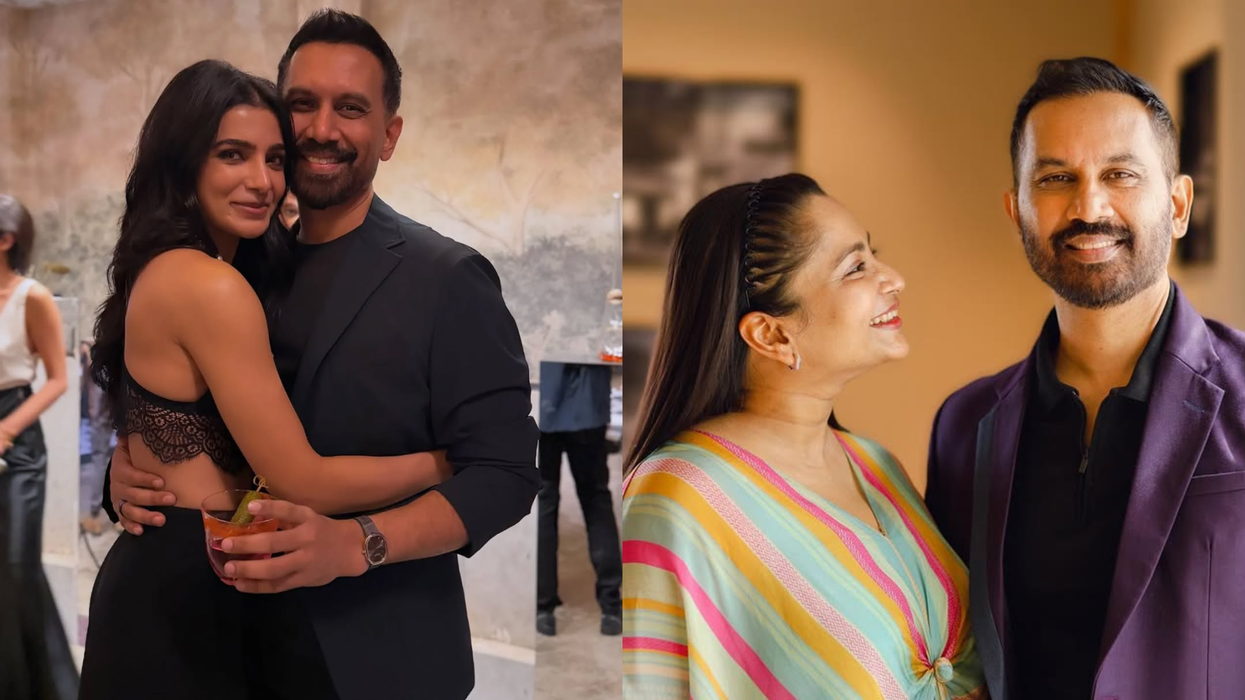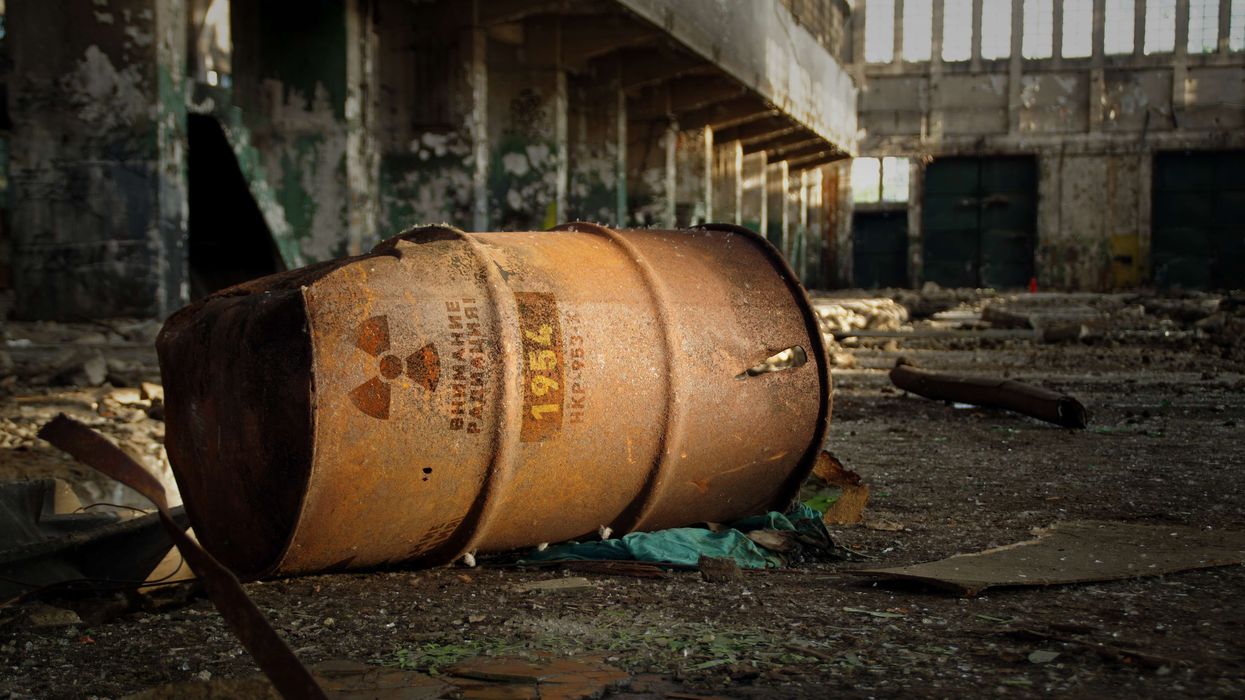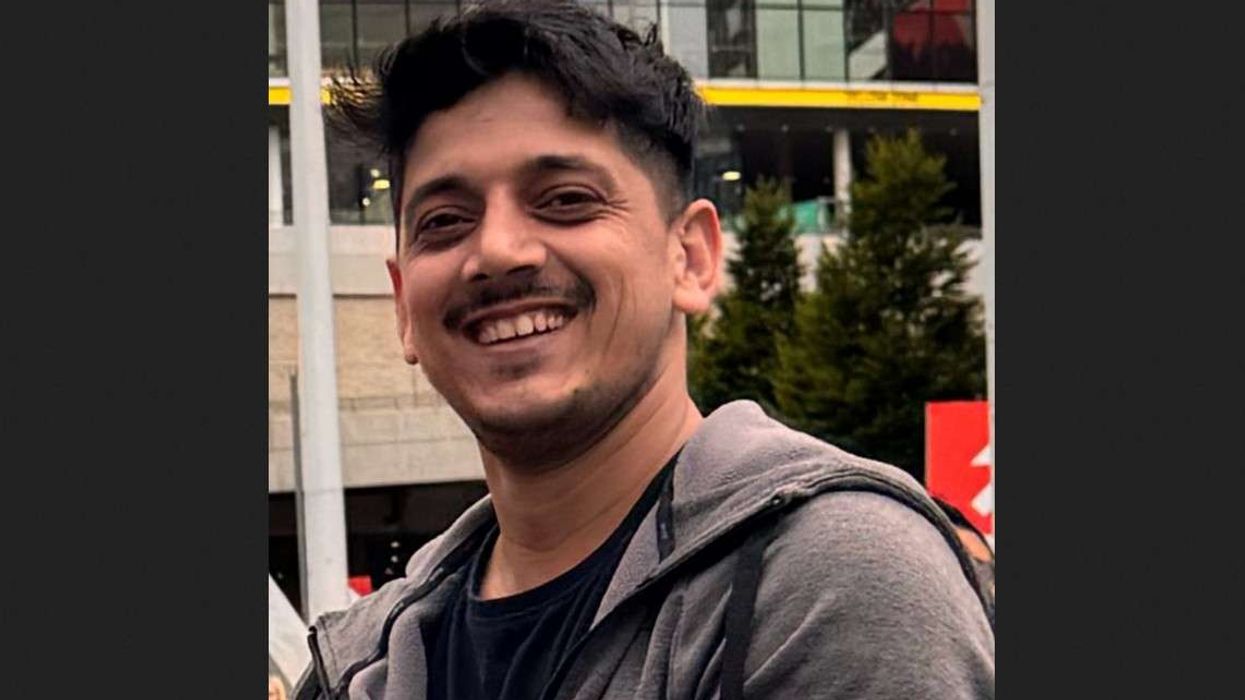Superstar dixit discusses her new film and love for powerful roles
Movie queen Madhuri Dixit has mesmerised audiences with her roles in all-time classics likes
Tezaab (1988), Saajan (1991), Beta (1992), Hum Aapke Hain Koun (1994), and Devdas (2002).
One of the greatest all-round talents in the history of Hindi cinema remains in demand, even after spending close to four decades in the business, and continues to take on new acting challenges. Her newly released film Maja Ma premiered on popular streaming site Amazon Prime on October 6 and adds to the impressive list of roles played by the iconic actress.
When Eastern Eye caught up with the 55-year-old at the JW Marriot Hotel in Mumbai ahead of the premiere, she filled up the room with her star presence and winning smile. She spoke about her new film, the character, her interesting Gujarati connection, and why she thinks it’s a great time for older actresses.
You have been actively working post-pandemic. We saw you in The Fame Game and now Maja Ma. Do you consider it your second inning as an actor?
Not really. I have been working throughout. Be it Total Dhamaal or Kalank, I have been working. When I got The Fame Game, I felt I had got an exciting part to play. It had depth to it, along with a lot of emotions, of course. She is a superstar, a housewife, mother, and everything in between. I am really fortunate that I am getting these roles and enjoying playing them one at a time (smiles).
Tell us something about Pallavi Patel, the character that you essay in Maja Ma. You played a mother in your last project, The Fame Game, also…
I won’t say it is similar to what I played in The Fame Game. There, she carries a lot of baggage, as she is a superstar. She has a career, and nobody can take her for granted. Here, Pallavi Patel is a perfect mother and doting wife. She is very well-known in her community and looked up to. She stays at home. She is not a professional like Anamika. She is an everyday, relatable kind of woman. So, I think, these are two very, very different characters. But again, it is a story of a woman and what she has to go through, and how she voices her inner turmoil.
What drew you to this part?
It is about women’s empowerment, and I love to do roles like that. Whether you see Dil, Beta, Raja, or any of my movies, they have always been that way. I have always found myself inclined towards such roles. Even in Anjaam, I played a very powerful role as a mother.
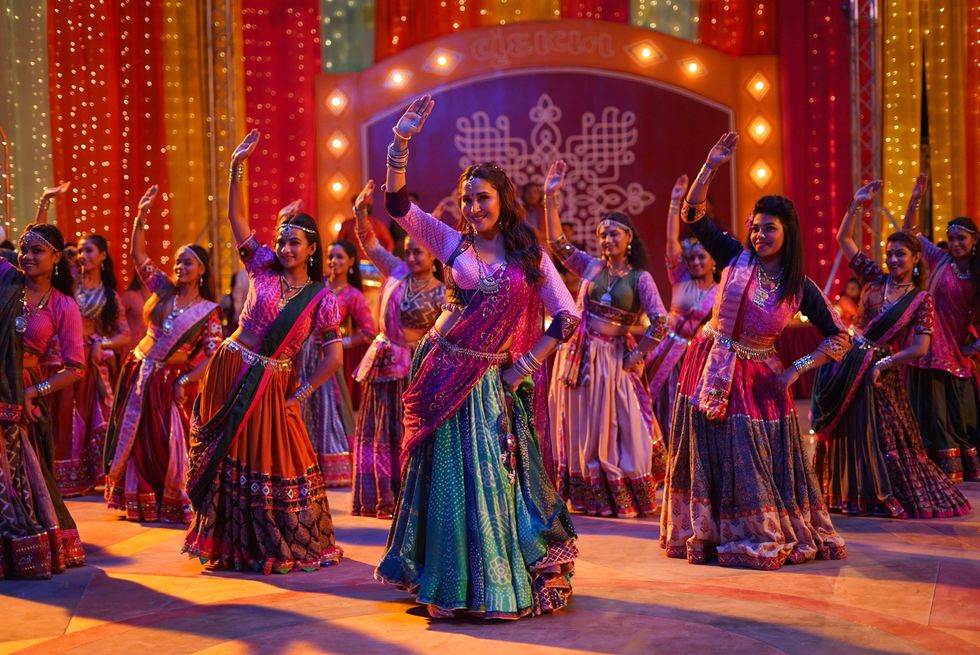
How have streaming platforms helped actresses who are in their 40s and 50s? We have seen how they were mostly relegated to playing mothers and sisters in films earlier…
I played a mother back then also, in Anjaam, as I said. I feel that they (the makers) do not know what to do with women in that age group. But because of streaming platforms or the kind of stories that are being told on such platforms, there is no commercial constraint. There is no pressure of, you know, making a film a hit. Things have changed in films as well. Look at Badhaai Ho, where a woman (Neena Gupta) in her 50s was the main protagonist. The entire film revolved around her. She was not a young, nubile 16-year-old running around trees.
Tell us more…
Our audience is changing; it is maturing because people are watching content from all across the world. And now they are expecting that our country should also make those kinds of films and shows. As I said, when you make something for streaming platforms, there is no commercial constraint. You can tell a story the way you want to tell it.
You have been acting since 1984, close to four decades, and have played legions of characters. Do you ever get hit by the monotony of the job?
(Laughs) No way, never, because I love what I do. People who do something they do not enjoy get tired or bored. People who have a hunger to do even better, to play better roles, never get tired. They look forward to every single day. Even today, when I get up in the morning and if there is a shoot that I need to go to, I am excited, as excited as I was when I did my first film. That excitement is never going to fade. It’s still there and will always be there for me.
In Maja Ma, you bring your two passions of acting and dance together. It must have been an exhilarating experience for you...
I love to dance. It’s something that I have inside me. Of course, acting is a part of dancing. So, when I get the opportunity to portray characters where there is a combination of both, I grab them immediately. It is ‘sone pe suhaga’ for me. But that does not mean I won’t take up a project if there is no dance in it. Luckily for me, Maja Ma had both. There is garba, which is an integral part of the film. It’s wonderful that I got to do that also, and, of course, I got to act as well.
How have you managed to keep yourself relevant?
I am always thinking of new things I can do, something different I can bring to the table. I have never shied away from attempting new things or taking up new challenges. When I decided to make my streaming platform debut, a lot of people questioned my decision. They said, ‘Are you doing it, really? Why don’t you try something new?’ I said, ‘What else can be more different than trying something new on streaming platforms? I got a different type of a role and wanted to do it. It is a big opportunity for me which I should not miss.’ Even if you look at my films in the past, I always tried to do something fresh and progressive. If you do different things differently, it just gives you a longer life. You have to be consistent. That’s also very important.
How easy or difficult was it for you to adapt to new-age filmmakers and the new style of filmmaking?
See, the industry was very disorganised back in the 1990s. I did a film which took seven years in the making. For seven years, I was shooting for the same film. Generally, films used to take a year and a half to get made. The industry is much more organised now, which is great for us actors because we are the ones who benefit.
Tell us about those differences?
From how you are going to look to what dialogues you are going to deliver and when and where, everything is worked out in advance. All you have to do is go on set and deliver. This system is very good. It is good that the industry is organised now. We can also plan our lives accordingly. Finish a film in a few months, take a break, and then get into another film. Earlier, we used to shoot for four to five films together. I used to do two to three shifts a day.
Older actors romancing younger heroines is not new, but will we see you pair romantically opposite actors from this generation, such as Ranveer Singh or Ranbir Kapoor?
The film should be good. The writing should be excellent. The actor should be willing. I did a song with Ranbir called Ghagra, which was just amazing.
You are producing films in Marathi. What about Hindi films?
I am trying to test the waters with Marathi films before I produce Hindi films. I would love to produce films in Hindi, but you have to devote a lot of time to it. I think now is not the right time. At some point, I will.
Is there any role that you haven’t done so far but badly want to do?
I don’t have a preconceived notion that I want to do this or that particular role. But I just pray to God that I keep getting challenging parts to play.
How easy or difficult is it for Madhuri Dixit to shed her superstar image when she enters her home?
Oh, it’s very easy. The moment I enter my house, everything is just left behind. It is all baggage that I leave behind. I don’t carry it home because I have been raised like that. My mom would always tell me, ‘It is okay that acting is your profession. But once you are inside the house, you are a human being, a family member first.’
You played Mrs Patel in Total Dhamaal. In Maja Ma also, you are playing Mrs Patel. You seem to be in love with Gujarati characters?
(Laughs) Yeah, there is some Gujarati connection, though I don’t know what it is. I have a lot of Gujju friends, actually. I used to go to Sathaye College in Parla (Vile Parle, Mumbai), where most of the students were either Maharashtrian or Gujaratis.
If it ever gets made, who would you like to see portray you in your biopic?
There is still a long time for that to happen. I still have to work a lot before somebody makes a biopic on me.
Maja Ma is available now on Amazon Prime
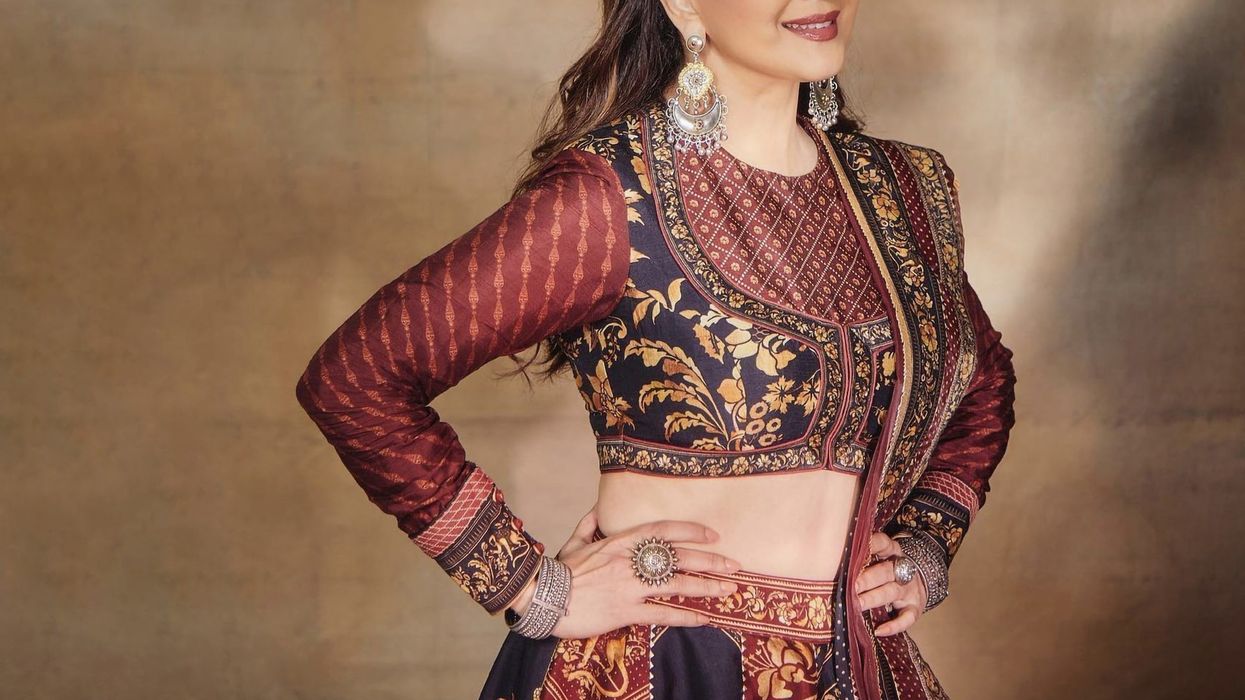

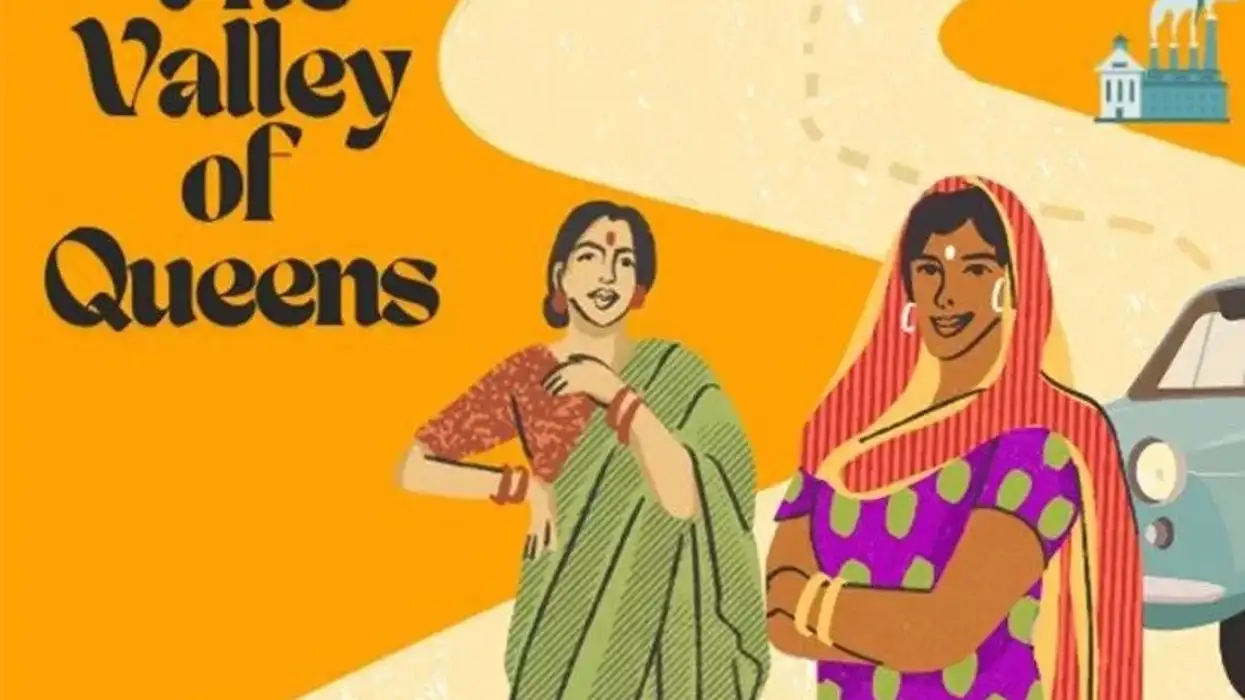
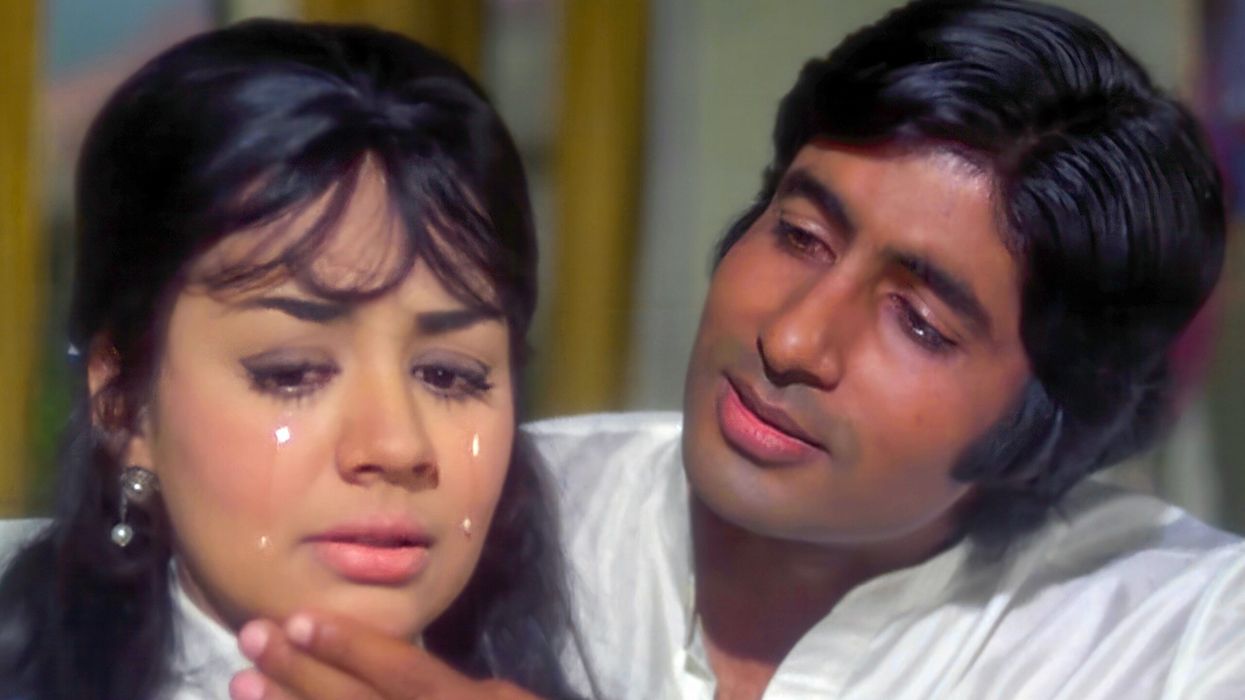
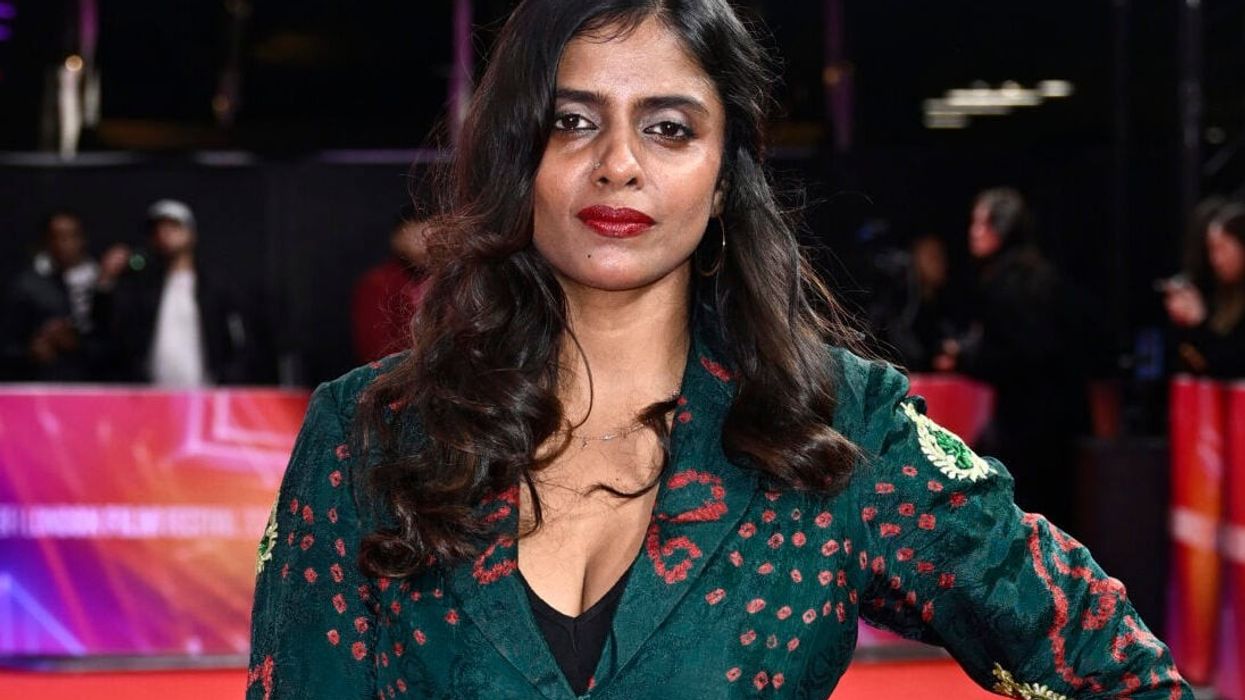
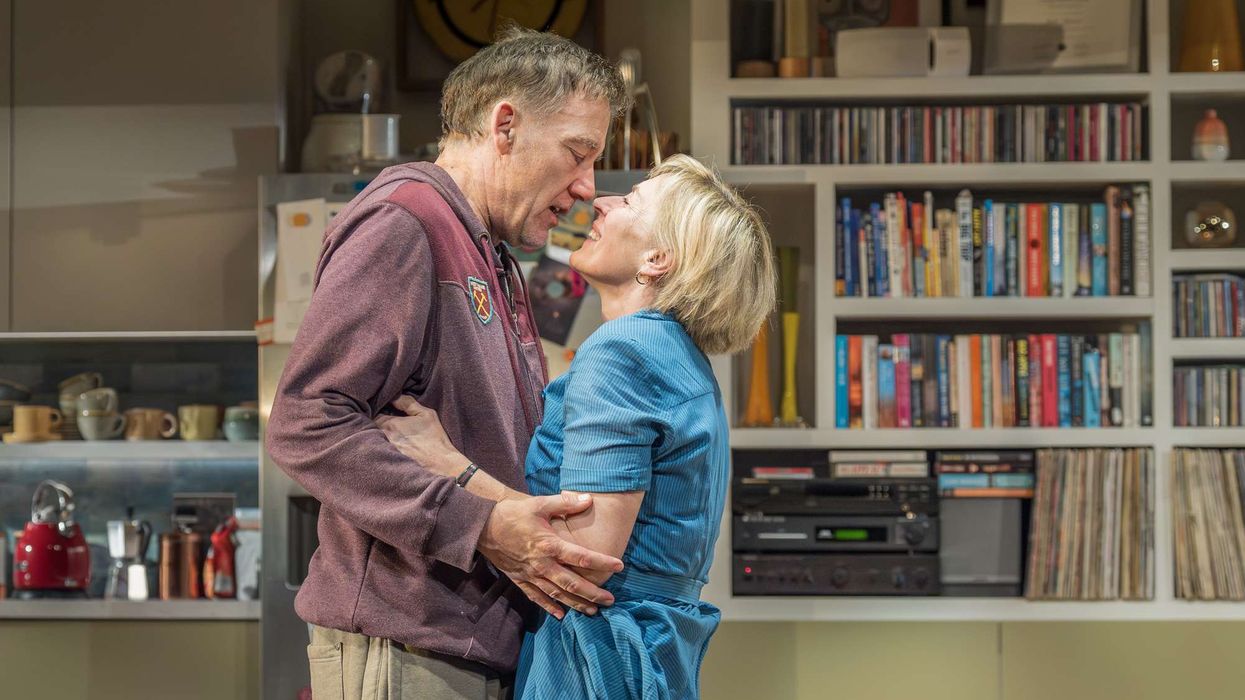
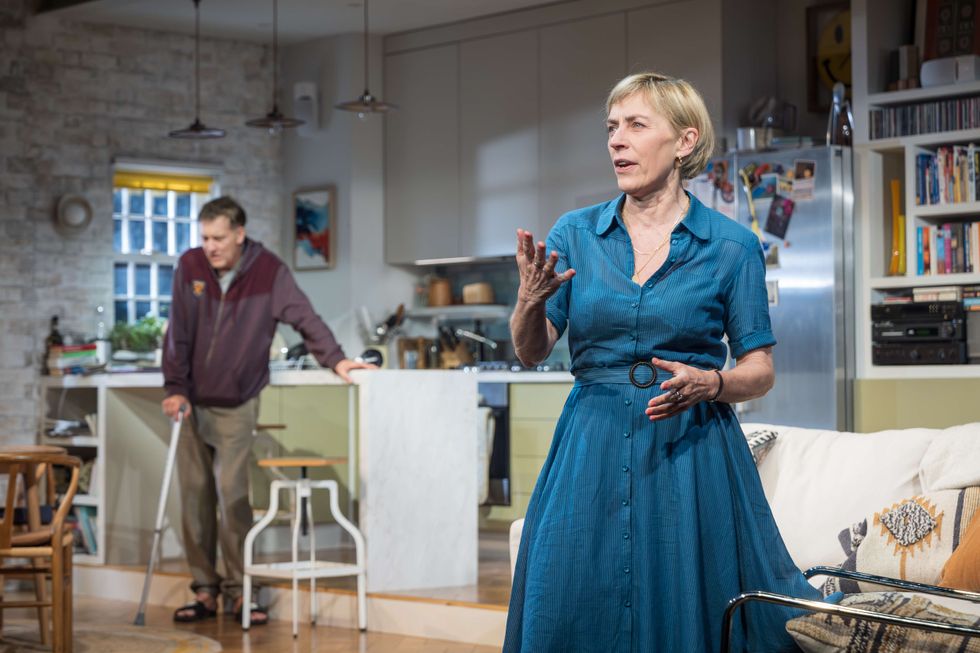 A scene from the playMarc Brenner
A scene from the playMarc Brenner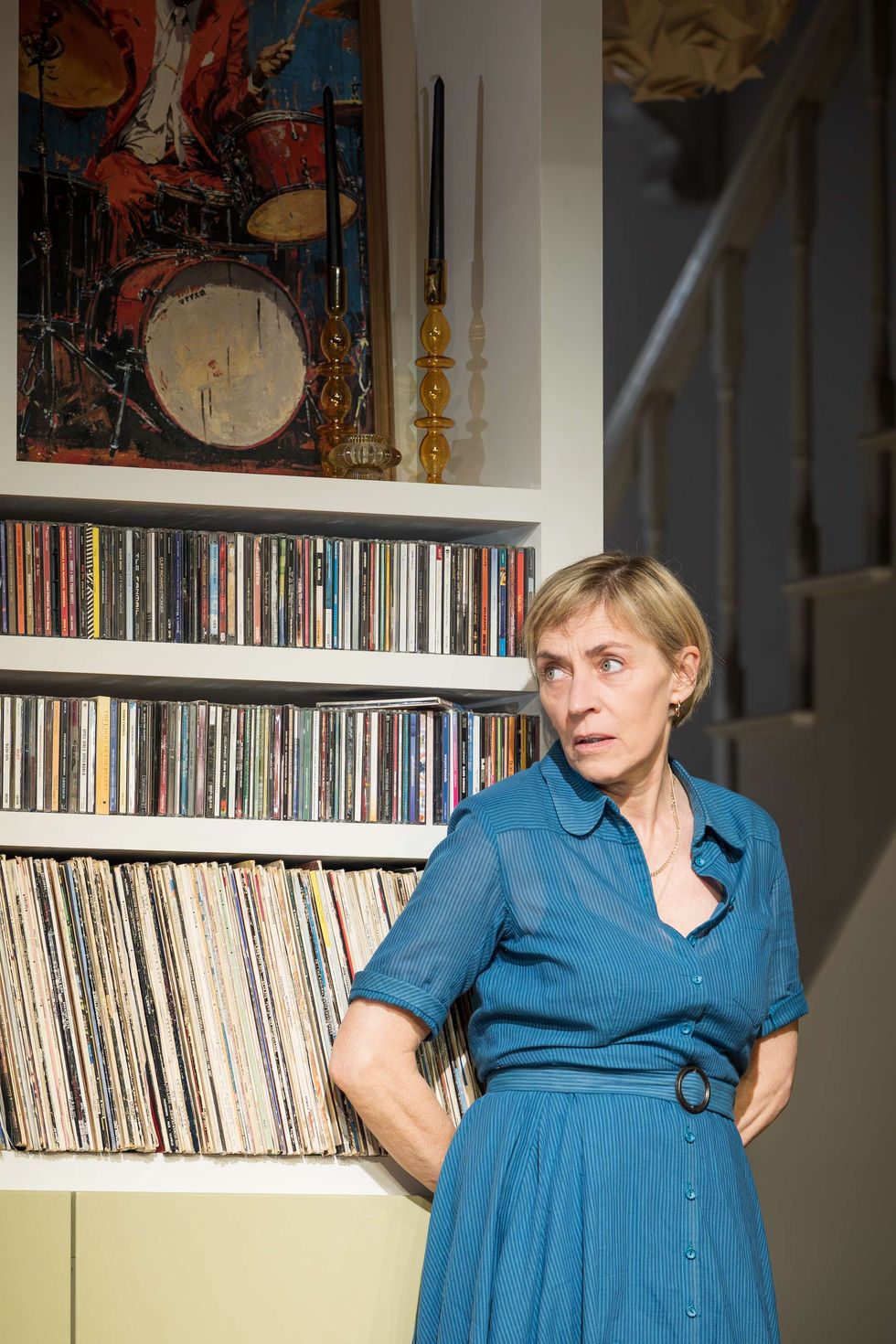 Saskia ReevesMarc Brenner
Saskia ReevesMarc Brenner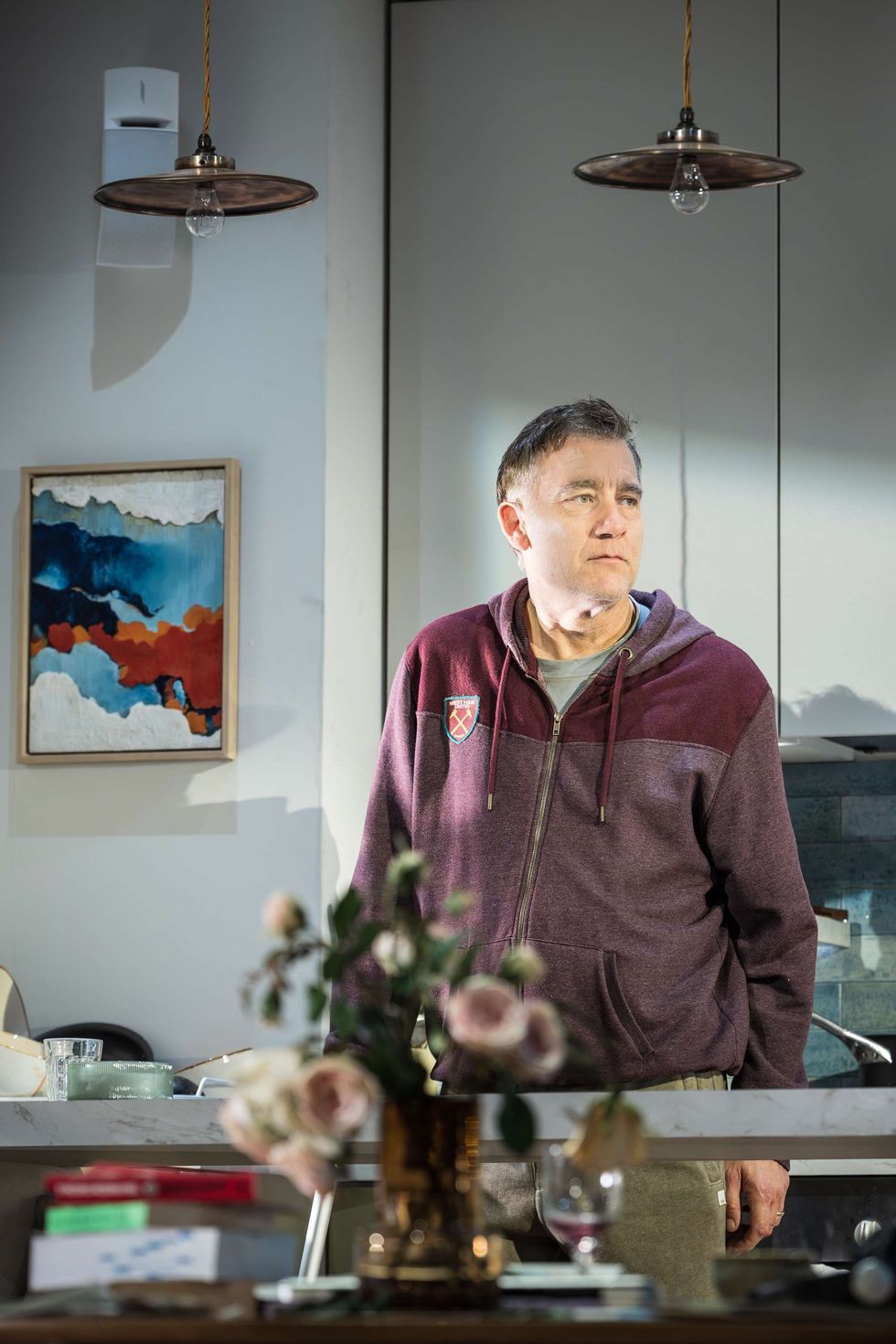 Clive Owen Marc Brenner
Clive Owen Marc Brenner